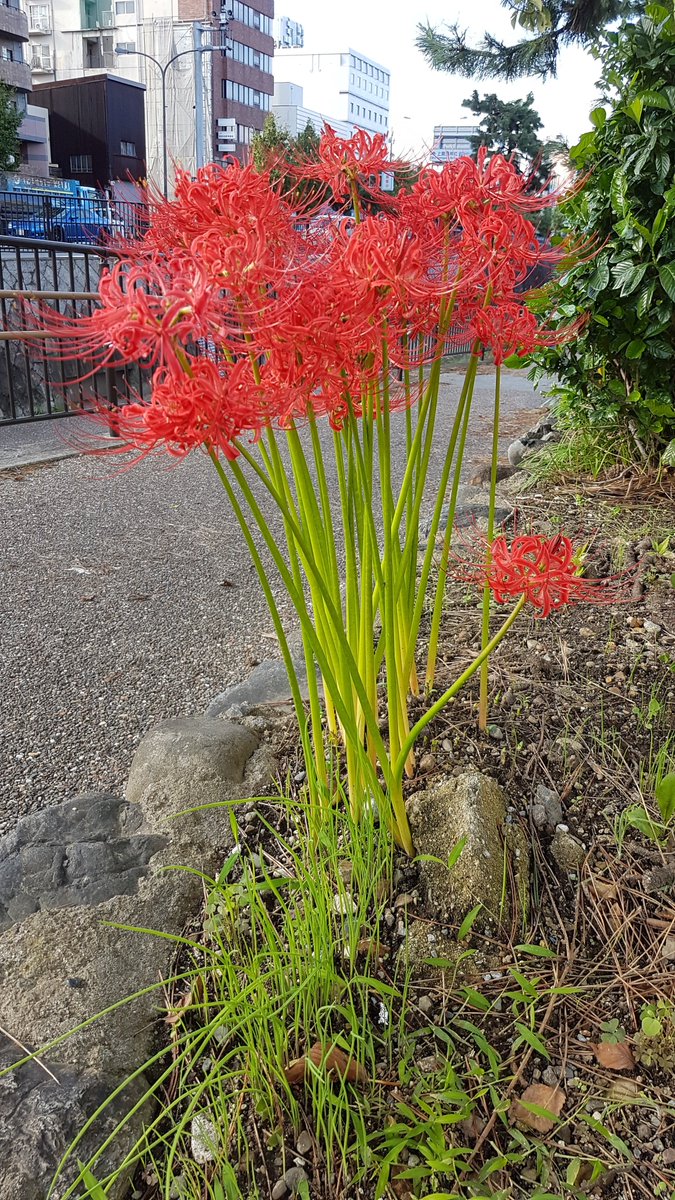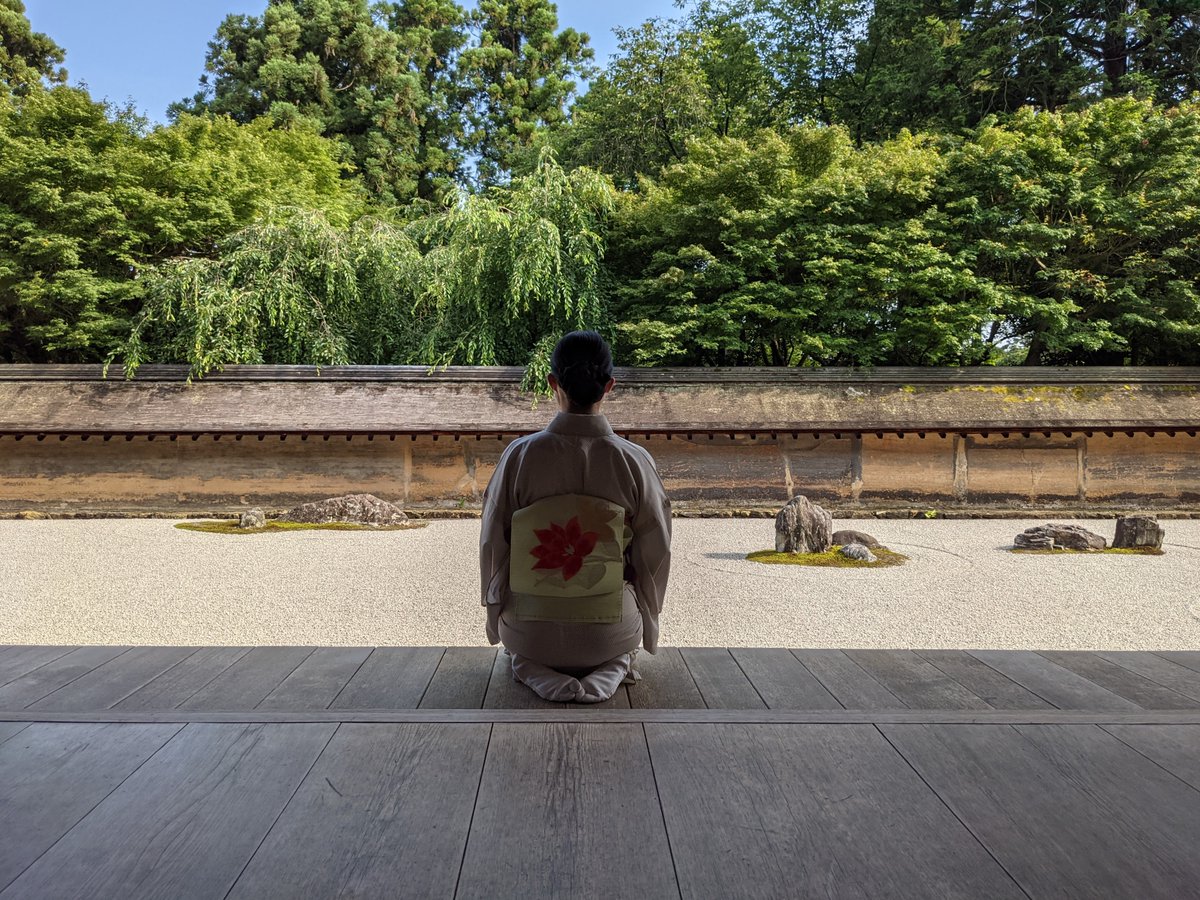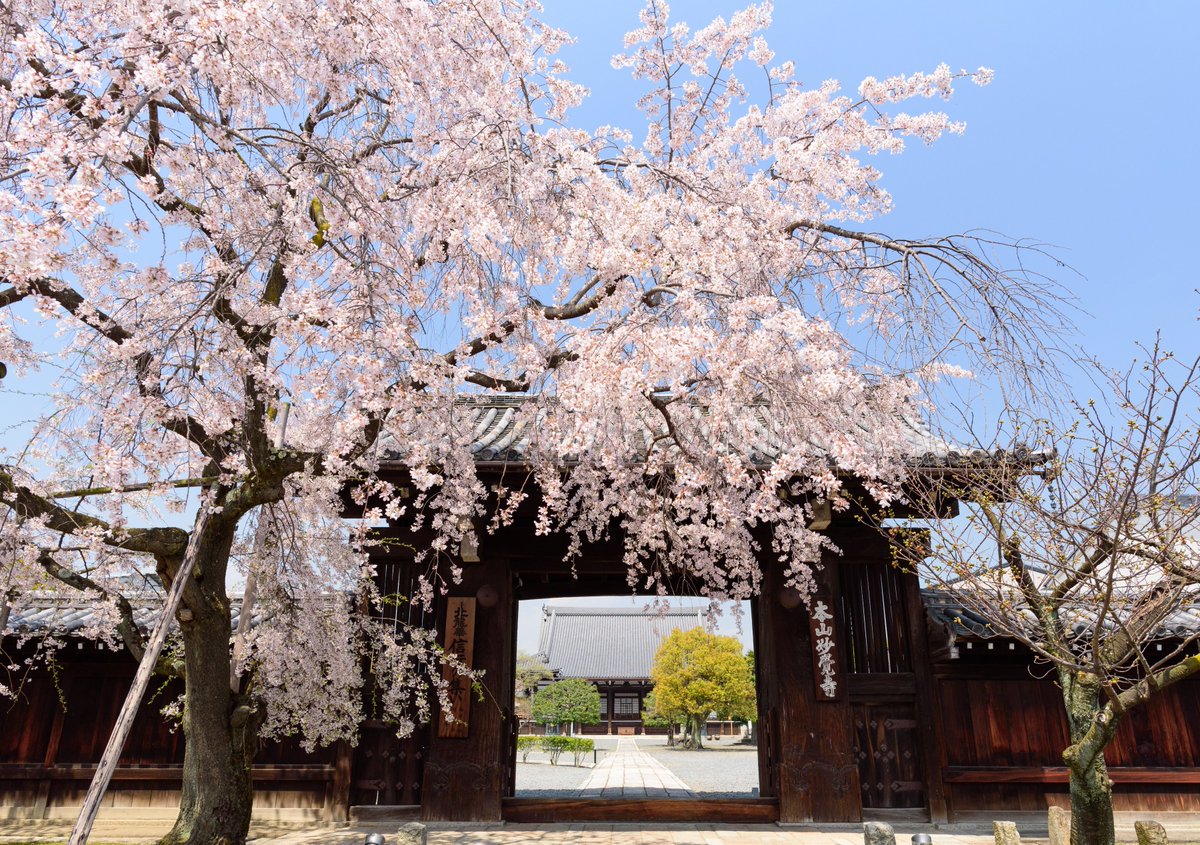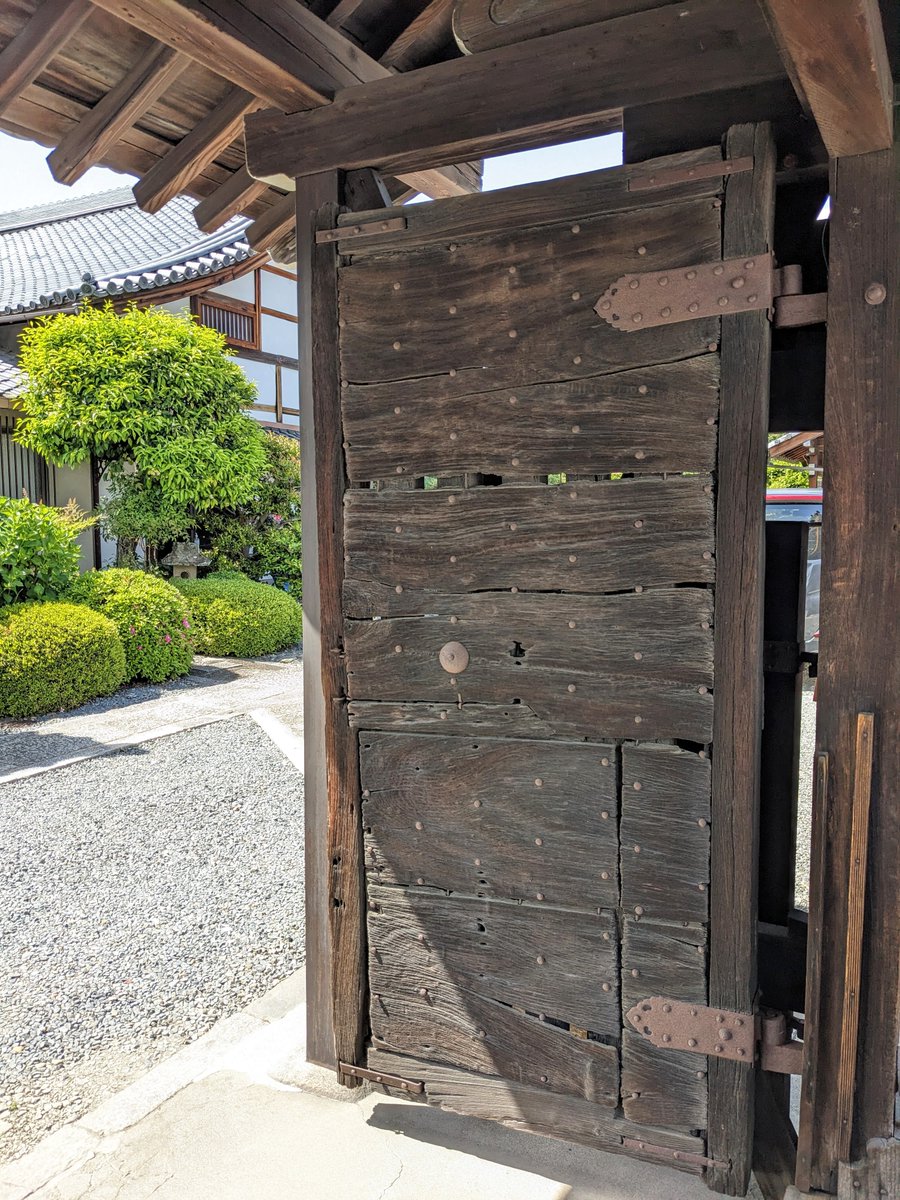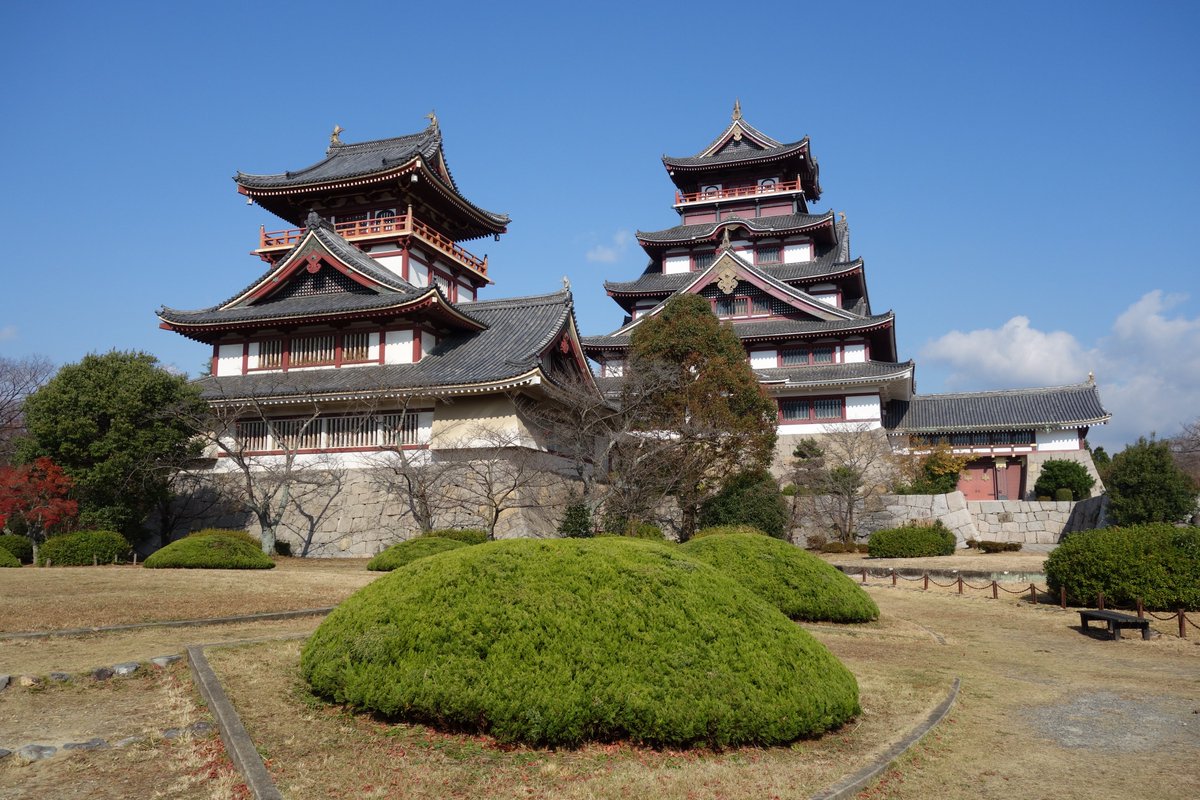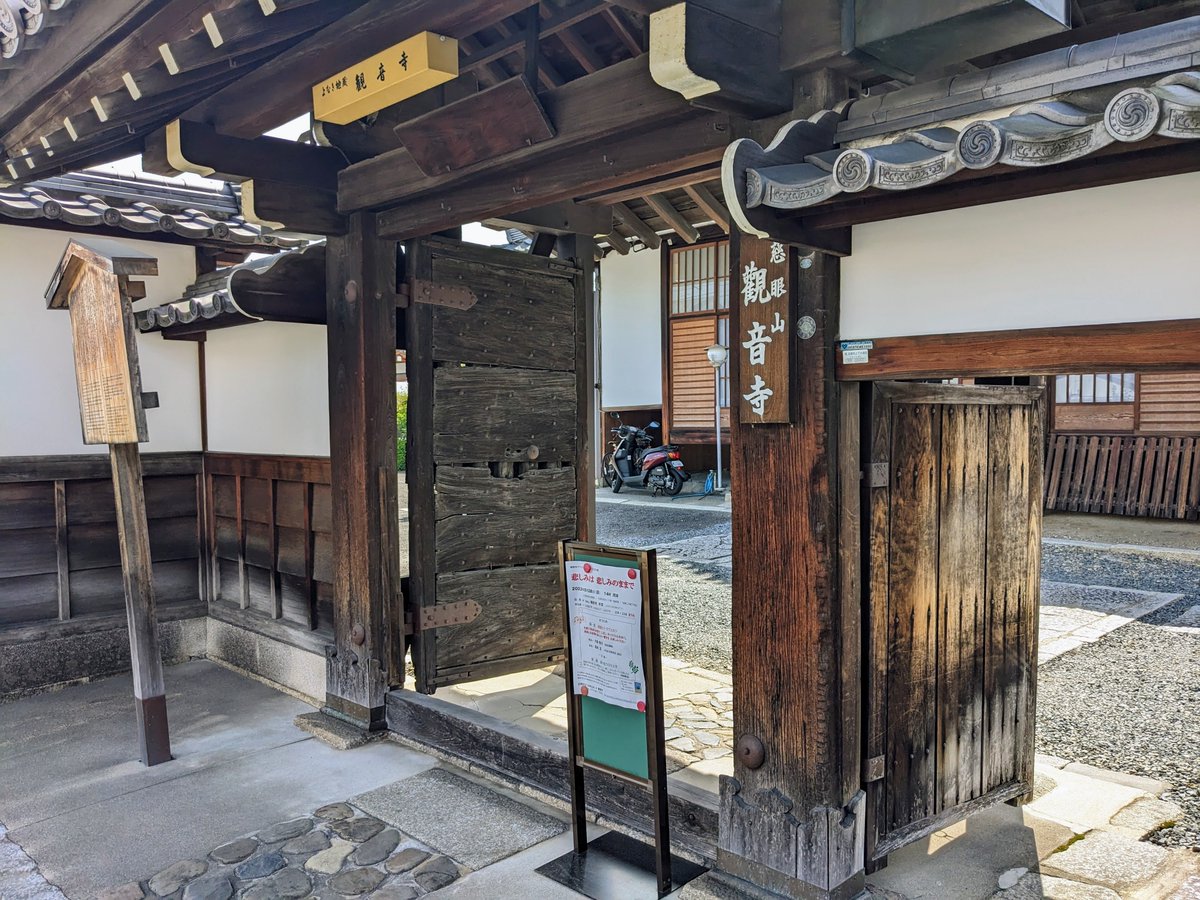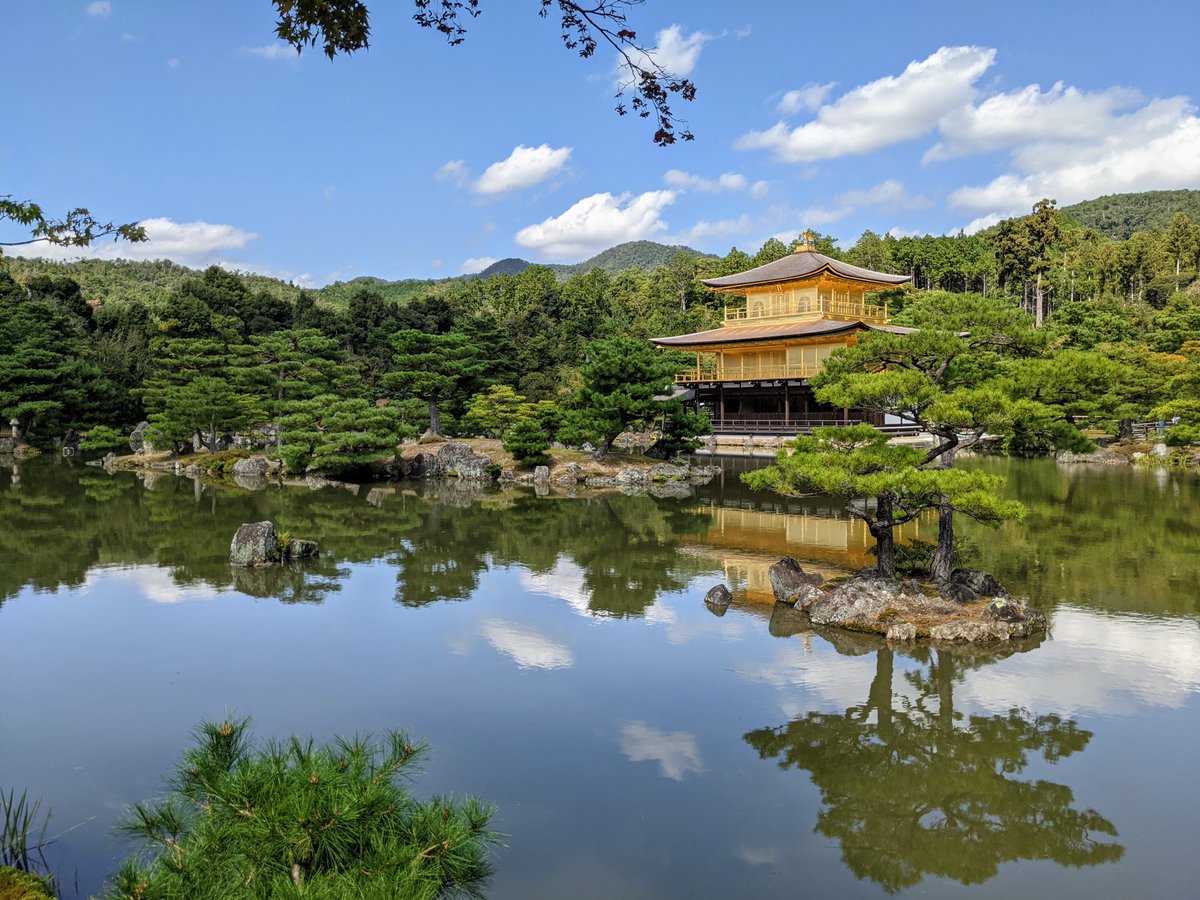Happy "Owl Day"!🦉🙌
when the owl hoots
how many are left?
wildflowers
ふくろふよ鳴ばいくらの草の花
-Issa (小林一茶), 1810.
#OwlAwarenessDay #InternationalOwlAwarenessDay #owls #フクロウ #Japan #ukiyoe #浮世絵
Image thanks🙇♂️ - ukiyo-e.org & harashobo.com



when the owl hoots
how many are left?
wildflowers
ふくろふよ鳴ばいくらの草の花
-Issa (小林一茶), 1810.
#OwlAwarenessDay #InternationalOwlAwarenessDay #owls #フクロウ #Japan #ukiyoe #浮世絵
Image thanks🙇♂️ - ukiyo-e.org & harashobo.com




Through a play on words, in Japan owls have come to be celebrated as bringers of luck and relievers of suffering.
🦉'Fukurō' (梟 'owl') can be broken down into homonyms for...
🍀'luck comes' (福 'fuku' /来 'ku' /郎 'rō').
🤕'without hardship' (不 'fu' /苦労 'kurō').
#Japan #梟



🦉'Fukurō' (梟 'owl') can be broken down into homonyms for...
🍀'luck comes' (福 'fuku' /来 'ku' /郎 'rō').
🤕'without hardship' (不 'fu' /苦労 'kurō').
#Japan #梟




Owls make a regular appearance in Beniya Miyake's (紅谷三宅 @beniyamiyake) annual line-up.
Last autumn's creations were known as "owls that bring good fortune" (幸運を呼ぶミミズク)🦉😋
➡️beniyamiyake.raku-uru.jp
➡️instagram.com/beniya_miyake/
#wagashi #和菓子 #フクロウ #梟 #紅谷三宅



Last autumn's creations were known as "owls that bring good fortune" (幸運を呼ぶミミズク)🦉😋
➡️beniyamiyake.raku-uru.jp
➡️instagram.com/beniya_miyake/
#wagashi #和菓子 #フクロウ #梟 #紅谷三宅




Not all owls are what they seem.
There is a yōkai (妖怪) in Japan known as a 'Tatarimokke' (祟り蛙 lit. 'cursed infant'). These 'owls' have been possessed by the spirit of a dead baby or young child, and will stay close to the family home.
#祟り蛙 #妖怪 #tatarimokke #owl #yokai
There is a yōkai (妖怪) in Japan known as a 'Tatarimokke' (祟り蛙 lit. 'cursed infant'). These 'owls' have been possessed by the spirit of a dead baby or young child, and will stay close to the family home.
#祟り蛙 #妖怪 #tatarimokke #owl #yokai
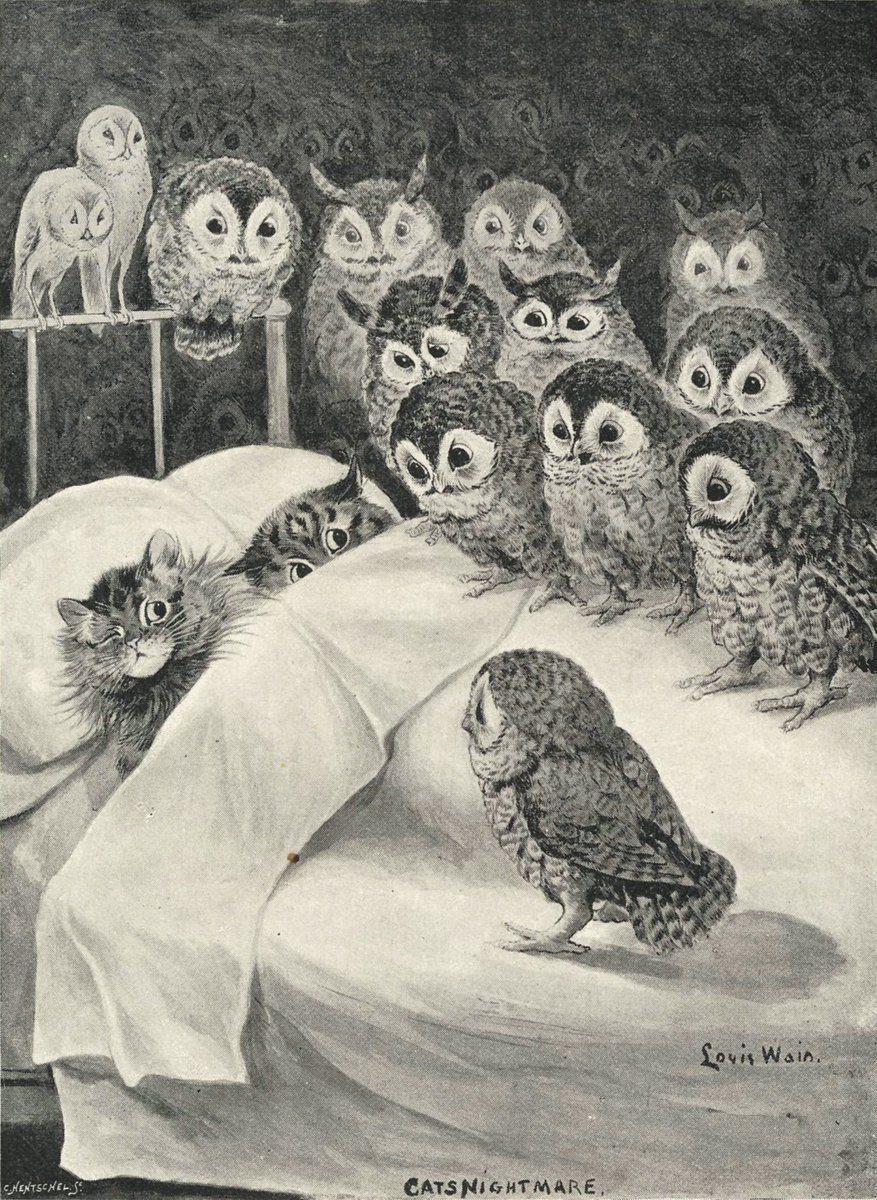
Although Tatarimokke are generally harmless, and more often than not treated with respect, depending on how the child died, the yōkai might well seek revenge or retribution🦉😨😱
I'll let the wonderful @matthewmeyerart tell you more⬇️
yokai.com/tatarimokke/
#yokai #妖怪 #owl
I'll let the wonderful @matthewmeyerart tell you more⬇️
yokai.com/tatarimokke/
#yokai #妖怪 #owl
Today's another chance to share one of my favourite gachapon collections...
'Kabuki Owls' (カブクロウ 'Kabukurō')🦉👺
🧵➡️
#InternationalOwlAwarenessDay #owls #kabukiowls #OwlAwarenessDay #Japan #カブクロウ
'Kabuki Owls' (カブクロウ 'Kabukurō')🦉👺
🧵➡️
https://twitter.com/camelliakyoto/status/1466629717457776642?s=20&t=qF2gUsqu3dmMnNZaf7A_aQ
#InternationalOwlAwarenessDay #owls #kabukiowls #OwlAwarenessDay #Japan #カブクロウ

Cikap-kamuy (チカプカムイ), depicted as a great owl, is the Ainu god (カムィ-kamuy) of owls and the land, overseer of human and kamuy behavior, & deity of material success. It is said his tears are silver & gold.
Spectacular origami by @Cordialess (designed by Katsuta Kyōhei)🙇♂️



Spectacular origami by @Cordialess (designed by Katsuta Kyōhei)🙇♂️




Cikap-kamuy was considered a god of plenty who, importantly, made sure that rituals were being followed properly. His central myth also established (for the Ainu) the mountain jay and crow as birds of ill omen, and the dipper as a symbol of good fortune.
#folklorethursday #Ainu



#folklorethursday #Ainu




When a famine struck the land Cikap-kamuy determined to ask in heaven the cause of the calamity.
He first employed a crow to act as messenger, but his instructions took so long the bird fell asleep on the 3rd day. In anger the god killed the crow.
Next he asked a mountain jay...



He first employed a crow to act as messenger, but his instructions took so long the bird fell asleep on the 3rd day. In anger the god killed the crow.
Next he asked a mountain jay...


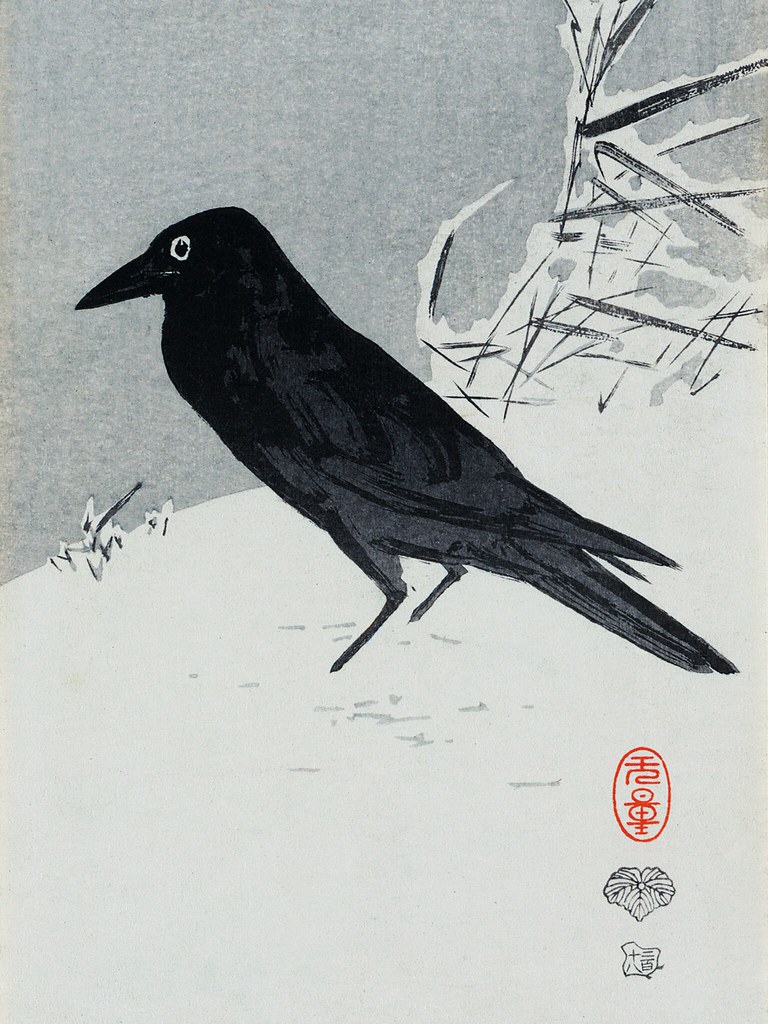

On the 4th day of instructions the jay fell asleep and was killed.
Finally Cikap-kamuy asked a dipper to be his messenger and the bird finally fulfilled the mission! Humans had angered the god of fish with poor offerings, and so Cikap-kamuy corrected them and the famine ended.
Finally Cikap-kamuy asked a dipper to be his messenger and the bird finally fulfilled the mission! Humans had angered the god of fish with poor offerings, and so Cikap-kamuy corrected them and the famine ended.
Kyōto has a very special owl omikuji that is only available a few days before the Gion Matsuri's July 17th parade.
The Hōka-boko's (放下鉾) 'fukurō-omikuji' was inspired by 'Baghdad' (バグダッド), the float's famous tapestry (donated by Minakawa Taizō 皆川泰蔵 in 1982).
#祇園祭



The Hōka-boko's (放下鉾) 'fukurō-omikuji' was inspired by 'Baghdad' (バグダッド), the float's famous tapestry (donated by Minakawa Taizō 皆川泰蔵 in 1982).
#祇園祭
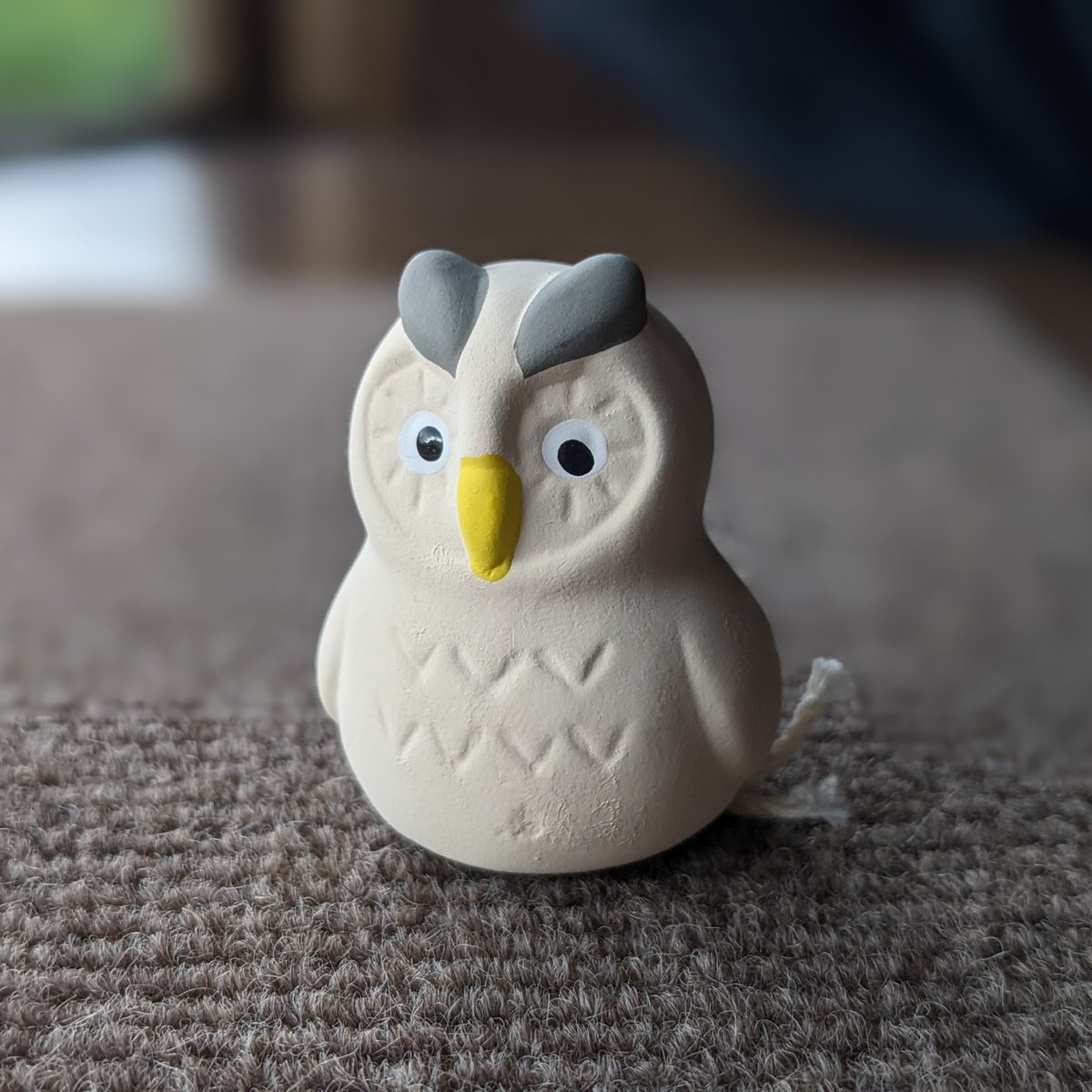

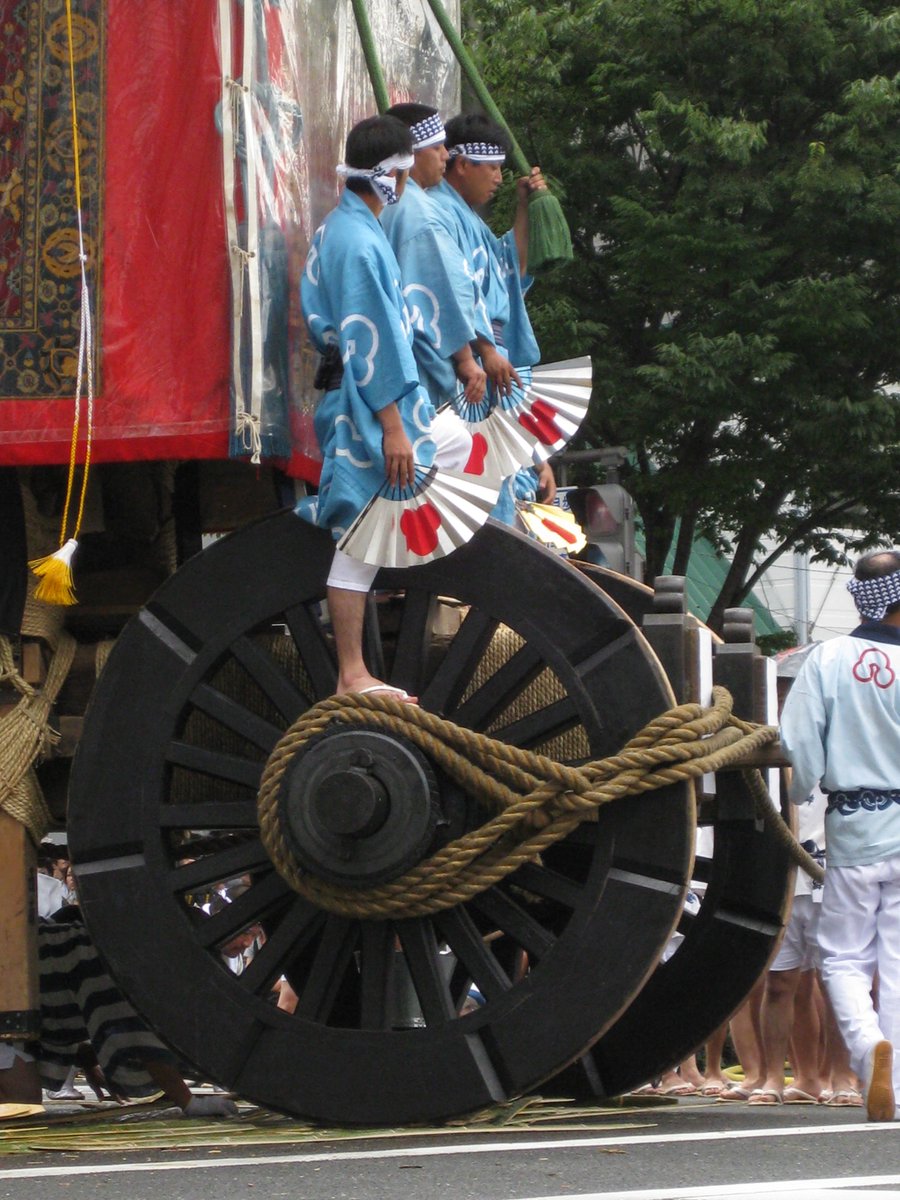

• • •
Missing some Tweet in this thread? You can try to
force a refresh



